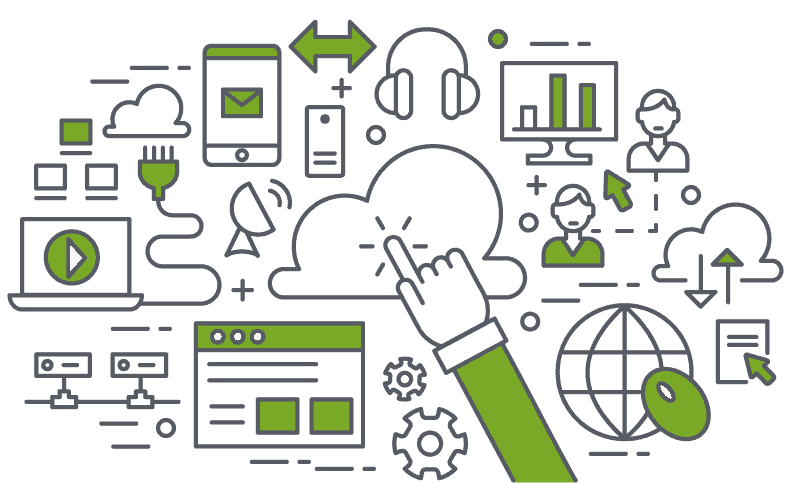vnCloud is loaded with features that speed up and simplify your cloud experience. Vault Networks has the tools to accelerate your business ahead of its competitors.

Additional Features
– Guaranteed RAM and hard disk space
– SAN-based storage with RAID and hot block caching
– Dual processors with 12+ cores per node
– Multiple Tier-1 redundant Internet backbone connections
– KVM-based virtualization
– Instant cloud provisioning
– Your choice of cloud server types, operating systems, and software packages
– Create custom images and rebuild servers from our extensive library of over 200 OS templates (VirtIO-enabled for top performance)
– Scale up to 8 processor cores
– Widest resource size range
– Web-based Control Panel
– Fast, Easy to Use, Includes Graphs & Logs
– Clear, easy-to-use actions, settings, and reporting
– Increase or decrease capacity within minutes, not hours or days
– Point-and-click provisioning of infrastructure
– Cloud server usage graphs
– Event/audit logs
– Infrastructure
– SAN, Redundant Infrastructure, Hypervisors
The vnCloud Process
Your business is constantly presented with challenges, from cost control to globalization. We understand that slow, complex IT systems prohibit from you from turning your business ideas into reality.
That’s why we built a platform that not only simplifies your route to the cloud but gets you there fast.
The Vault Networks cloud model, vnCloud, is an IaaS offering designed to give clients the flexibility and agility of cloud infrastructure, but under a subscription-based pricing model that eliminates the premium associated with utility pricing.
While pay-as-you-go pricing benefits consumers are unsure how many and which cloud resources they’ll need (for a short term project, for example), most businesses have different priorities. We designed a cloud service that can scale resources in real time–without busting your budget. If you need to reign in your IT budget and plan to use the cloud for heavy workloads and for long periods of time, vnCloud is the right cloud solution for your business.
Cloud Servers Pricing
The Vault Networks Cloud Pricing Calculators below are available to help you estimate your costs.
WHAT ARE YOU WAITING FOR?
Excellent Service Awaits.
REQUEST A FREE CLOUD DEMO
Get a Demo of Vault Networks' Cloud Infrastructure Platform
